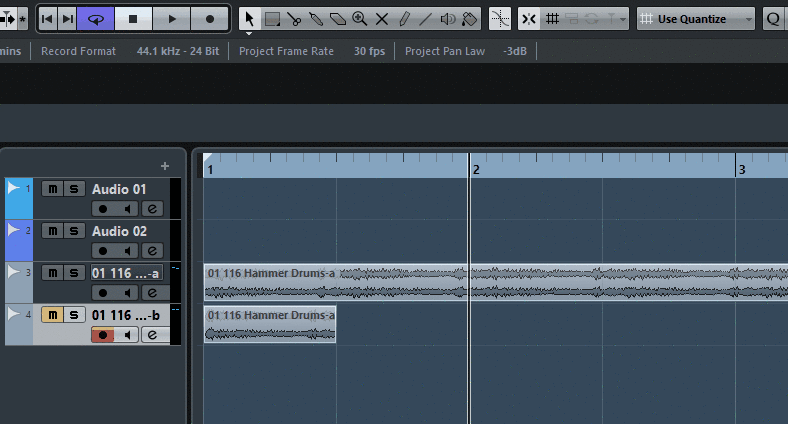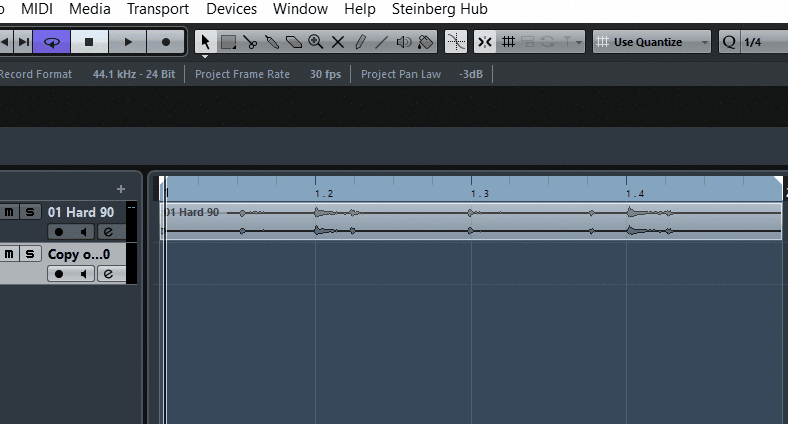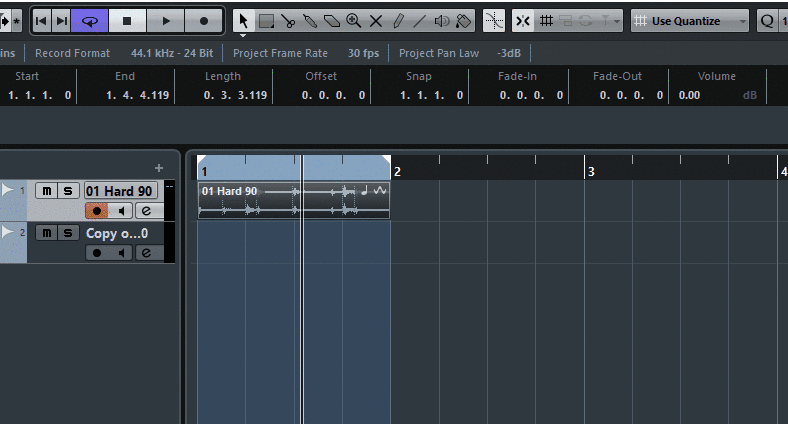If you’re a budding producer, you’ve almost undoubtedly heard of and used sample packs before. But here you are reading this, so you’re probably wondering what the heck sample packs are all about.
Sample packs are collections of sounds that consist of loops and one-shots. The majority of the time, packs are broken down by genres or represent a musical style or instrument. For example, you may have a pack consisting totally of vocal samples or a pack consisting simply of different drum components: kicks, hi-hats, etc.
While some people like to say that sample packs are ‘cheating’, there’s no changing the fact that sampling has shaped popular music. From the roots of Hip-Hop, to chart-topping EDM artists, there’s no hiding how important sampling has been to popular music.
A Further Look
When you first start looking at sample packs it’s easy to get overwhelmed. But sample packs are pretty easy to get the hang of once you have some basic knowledge about them.
First, sample packs are divided into two main categories: one-shots and loops. Loops are exactly what you think they are…looped samples. And well, one-shots play the sample once, so they are exactly what you think they are as well.
Second, packs come in various sizes. Some have fewer than 100 samples, while others approach 1000 samples. Because of this, sample packs are almost always nicely organized by genre, style, instrument, key, and tempo.
Next, when it comes to quality, sample packs are almost always available in 44.1 kHz or 48 kHz, 24-bit.
When you download a sample pack you may notice multiple formats available like WAV, ACID, REX, and AIFF. For most people, you’re going to be using WAV, but depending on what you want to do with your sample (or if you use a MAC), you’ll want to know what the other formats mean. Plus, knowing which files you need or not, can help free up a lot of space on your computer.
• WAV - standard for storing audio bitstream on PCs. Uncompressed audio. Very large files.
• AIFF - the Apple equivalent of WAV files. Both Windows PCs and Apple MACs will recognize both WAV and AIFF files.
• REX - files that have been analyzed to locate zero crossings in the waveform. Markers are added to truncated audio segment. Typically used to highlight the transient points, creating sub-regions called slices. The files are mainly used for Reason, but can be used with other DAWs for more interesting effects. Great for time stretching.
• ACID - similar to WAV, but the file has been ACIDized, meaning the file has extra information for the loop’s length, time signature, slice points, and the base transposition key.
That covers the basics of sample packs and you’re probably feeling a whole lot better about using them.
Now, there is one important aspect of samples we haven’t covered yet, and that is copyright law. Sample packs are almost always royalty free, meaning once you purchase the sample pack, you are free to use the samples in your music for monetary gain.
Obviously, this means that by the same token, others might use the same sample in their music as you are. But the best way to avoid that is to get creative with your samples and twist and shape them into something new. Luckily for you, that’s just what we are about to talk about.
Sample Pack Techniques
To get the most out of samples you’ll want to become familiar with a few basic techniques. If you’ve been using a DAW for a while, you’ll probably already have used these techniques before, or at the very least heard about them. If not, don’t worry, they’re all fairly easy to use and they’re all basic techniques that every producer should know about.

Audio Editing
Editing audio loops is one of the first things you should get familiar with when working with samples. Often with loops, you’ll want to cut them down to pull what you want from them - or expand short samples for endless fun.
After you load up your sample, go through it and identify regions of the loop you like. Loop features in your DAW will most likely be nicely laid out and self-explanatory. You’ll usually see features like adjusting loops lengths, repeating sections, etc. Additional editing options, such as splitting & merging of sections will allow you to get even more creative with loop editing. By doing this, you can chop up a loop into sections you like, and rearrange them to make something unique to you.

Sampler ‘Slicing’
Slicing an audio loop in a sampler is a classic technique and can really bring life to a standard loop. It works on vocals, drums & musical loops and sounds great. If you don’t own a hardware sampler, don’t worry! Most DAWs these days include a software version that will offer the same facility.
Example - Take a drum loop and slice it up into individual hits of snares, kicks, toms, and cymbals in your sampler. Then create your own drum beat by triggering the hits in your sampler. If you want to get more in-depth you can even save your sampler drum kits for future use to, for example, replace a snare hit from an acoustic kit with one you pulled from a drum loop.
Audio-to-MIDI
The more in-depth you get cutting up samples and reworking them in your sampler, the more of a hassle it becomes. Luckily with the Audio-to-MIDI function, audio data from samples can be sliced very quickly via automation AND includes the MIDI data - giving you easy control and manipulation of the individual components that make up a loop.
This is fairly simple to do in a DAW, as usually all you have to do is select your audio clip and convert it using the appropriate conversion command.

Pitch Modification
Pitch modification is exactly what it sounds like and will raise or lower your sample’s pitch without affecting the tempo and size of the sample. Most DAWs come with a pitch modifier that can raise or lower your sample by at least one to two octaves.
More in-depth pitch modifiers will allow you to set your sample to any note in the chromatic scale over several octaves.
Don’t overlook this feature. Sometimes a sample that sounds good at original pitch will sound amazing pitched up or down significantly. Hip Hop and House in the early 90s lived on this!

Time Stretching
Time Stretching does the opposite of the pitch modification and expands the time of the loop or one-shot without affecting the pitch. This is a great way to create drones that build up the tension in your music or speed up slow moving samples creating high-energy tracks.
Again - don’t overlook this. There’s a theme here we hope you are getting - experiment with your samples and mash them up! You never know what you’ll end up with, but it’s sure to be yours.

Where To Get Sample Packs
It’s pretty easy to find sample packs. A simple google search will leave you searching the internet for as long as you choose. However, the range of quality is as wide as the choice. In the world of audio samples, quality is paramount - you get out what you put in.
At Loopmasters, we spend a great deal of time on quality control, meaning what you get is professional level. Starting with high quality sounds will make your life much easier when it comes to mixing and mastering your music.
All of our sample packs are royalty free and for the most part, most samples are offered at 44.1 kHz / 24-bit quality and available as a digital download. You can also expect all the samples to have clean library labeling, important info, etc.
Final Notes
As you’ve seen, after some basic knowledge, it’s fairly easy to get started with sample packs, and it’s definitely worth it to spend some time getting familiar with them. They can be a versatile weapon for any producer in the studio or at home.















